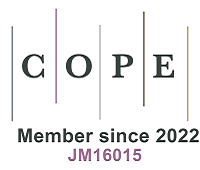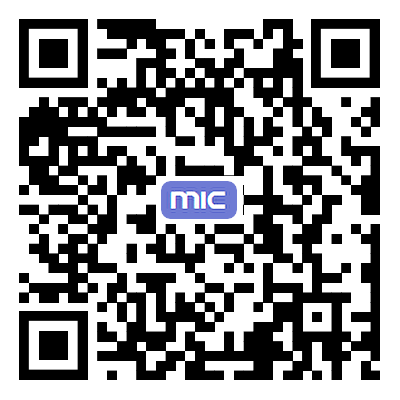Heterostructure-governed mechanisms for synergistic improvement of strength and conductivity in copper alloys
Abstract
Traditional homogeneous copper alloys often exhibit a significant reduction in electrical conductivity upon enhancement of mechanical strength, creating a strength-conductivity trade-off. The development of heterostructured copper alloys through the introduction of non-uniform microstructural features, including grain size gradients, nano-twin distributions, and layered heterostructures, offers a novel strategy to overcome this limitation. This review systematically examines the design principles, preparation technologies, and performance regulation mechanisms of heterostructured copper alloys, with a focus on analyzing the research progress of three representative heterostructural systems: gradient structures, layered structures, and dual-phase structures. It is demonstrated that heterostructured copper alloys significantly improve strength and ductility through mechanisms such as Geometrically necessary dislocations-induced back-stress effects, heterogeneous deformation-induced hardening, and cross-scale synergistic interactions. Additionally, the synergy between heterogeneous grain size and precipitates enables an optimized balance between strength and electrical conductivity. In layered heterostructured systems, interfacial stress modulation and microcrack deflection mechanisms enhance fracture toughness and thermal conductivity. Furthermore, the synergistic interaction between two phases in dual-phase structures refine the strength-ductility balance of conventional materials and expands the potential for functionalized design. This review is to elucidate the microscopic mechanisms underlying various high-strength, high-conductivity heterostructure strengthening strategies in copper alloys, provide theoretical support for multi-scale design and performance regulation of heterostructured systems, and facilitate their large-scale application in new energy technologies, electronic devices, and other fields.
Keywords
Heterostructured copper alloys, microstructures, strengthening mechanisms
Cite This Article
Shen J, Wang H, Lou H, Wu Y, Zhang X, Xie L, Lu Z. Heterostructure-governed mechanisms for synergistic improvement of strength and conductivity in copper alloys. Microstructures 2025;5:[Accept]. http://dx.doi.org/10.20517/microstructures.2025.103














